Join the NO MORE SOGGY BOTTOMS Crusade Using These Tips
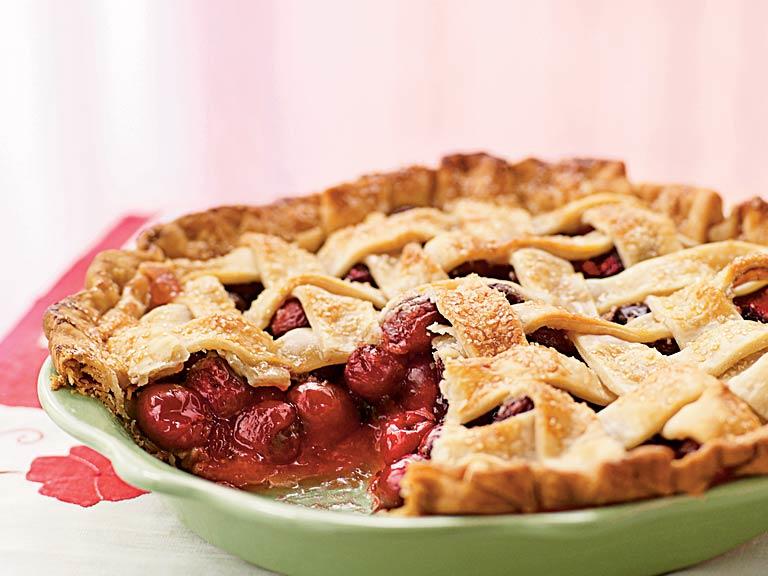
We’re coming on to fresh-fruit season, and for many of us, that means fruit pies! Now I realize our Cook’n cooks are essentially the “Grand Pooh-Bahs” of all things pie. But in the off-chance that like me, you once in a while end up with a soggy bottomed fruit pie, here are a few tips found on a favorite site, www.food52.com, that you’ll be glad to know.
First of all, that soggy bottom crust results when a pie's fruit filling releases juices as it bakes, glopping up the flour below. But there are a few techniques that can prevent this:
You can par-bake your single crust pies. This is just a brief stint in the oven to help the crust set before you add a custard or fruit filling. Or you can blind bake your cold-filled pies (such as cream pies).
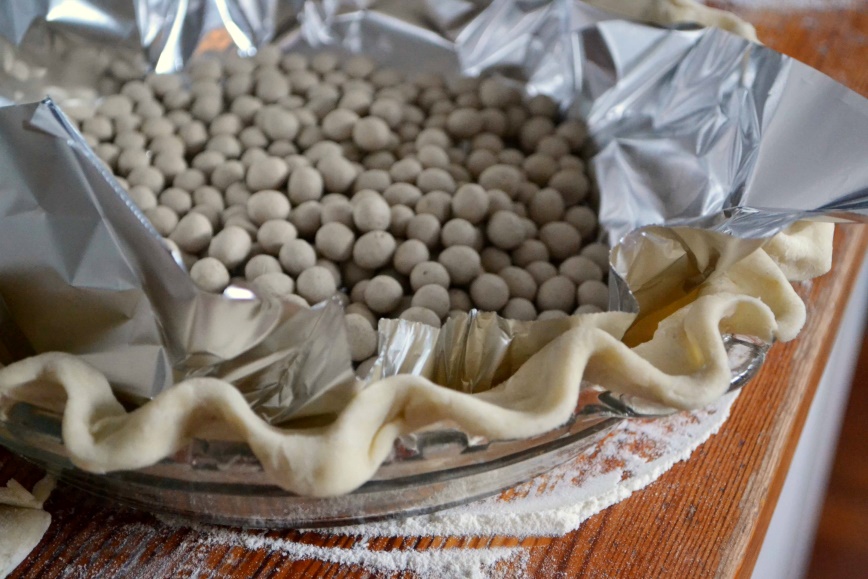
Blind baking a pie crust calls for filling the bottom crust with pie weights to keep the pastry from puffing up in the oven. But if you don't own pie weights, there's no need to purchase them. Instead, check your pantry for dried beans or uncooked rice—both will work just as well as pie weights.
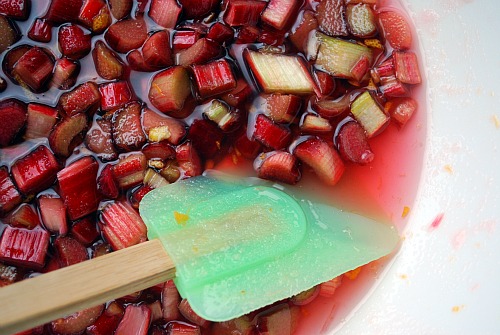
You can macerate the fruit before pouring it into your bottom crust. This involves marinating the fruit by soaking it in a mixture of sugar and liqueur or fruit juice. The mixture is then set aside to soften and release its natural juices. Then you strain off the fruits juices, and reduce them on the stove; once reduced and thickened, you fold them back into your fruit.
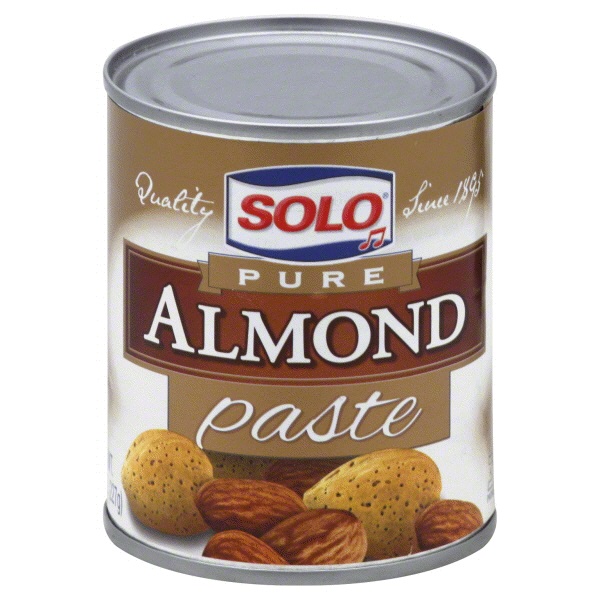
You can press a thin disc of almond paste onto the bottom crust before dumping in the filling. This is especially nice when the filling is apples and the paste serves another purpose besides preventing a soggy bottom: it adds a nutty, sugary almond flavor much like an almond croissant.
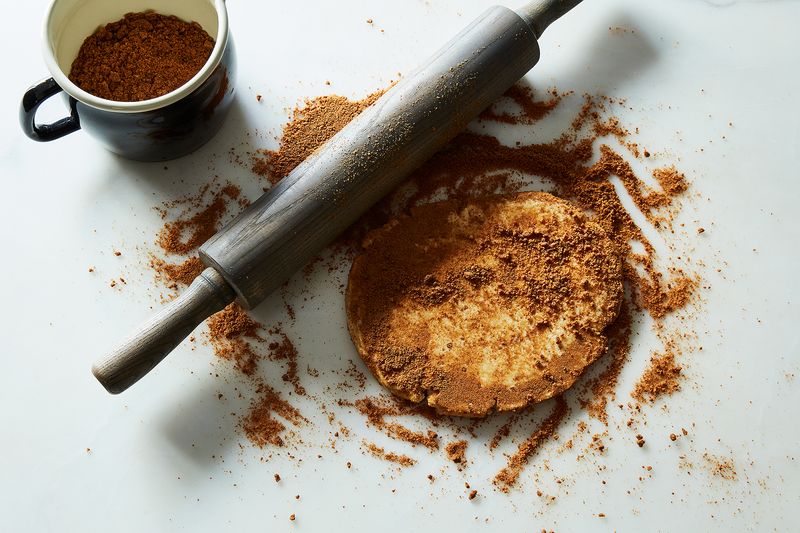
You can roll your crust in cookie or cracker crumbs. Use any kind of cookie crumbs that fit with your pie's flavor profile. Ginger snaps, for instance work really well with cranberry and apple fillings.
The original tip, in fact, comes from Martha Stewart, who rolls the dough for her buttermilk pie in graham cracker crumbs. And, daring to experiment, I recently made a buttermilk sweet potato pie by rolling the dough in pulverized Saltines.
Martha says turning to soda crackers is the perfect solution when you can’t decide between a pastry and cookie crumb crust. And an added benefit? The crumbs make the dough a breeze to roll out (you don't have to use any flour!).
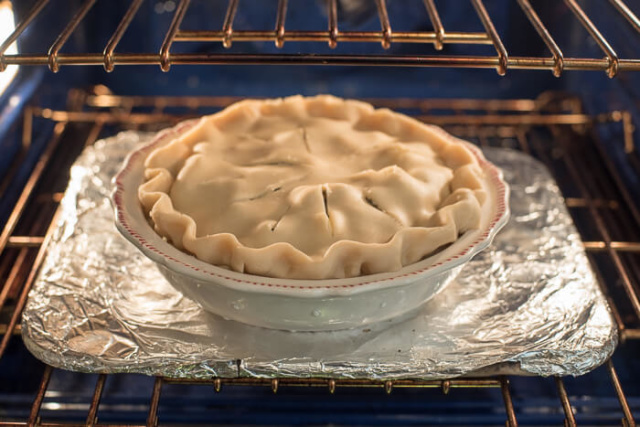
You can bake your pie in a glass baking dish and on a preheated pizza stone or baking sheet. Cover the stone in foil, first.

You can—and should—pray to the heavens above that the stars will align with your day’s baking efforts.
But what about galettes, the happy-go-lucky, all-shapes-and-sizes cousins of pies? You can't par-bake a galette, or cradle it inside a glass vessel. So what to do?
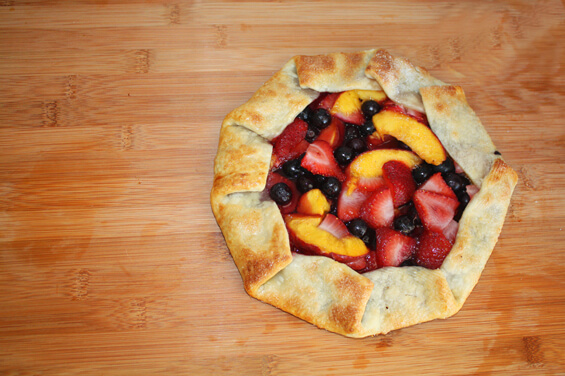
Follow the advice of master recipe developer and cookbook writer Patricia Wells. Instead of recommending that you roll the galette dough in cookie crumbs, Patricia has a lower-effort tip in her latest cookbook, My Master Recipes. She says to simply sprinkle those cookie crumbs over the galette dough before spooning the fruit over top. She also recommends brushing an egg white onto the pastry and baking on a ceramic stone.
So with fresh-fruit season upon us, let’s join the NO MORE SOGGY BOTTOMS crusade with these tips. I’ll be anxious to hear how your fruit pies turn out this season.
- www.myrecipes.com
- www.babble.com
- www.learntopreserve.com
- www.meijer.com
- www.food52.com
- www.fromvalerieskitchen.com
- www.masterfile.com
- www.gimmesomeoven.com
 Alice Osborne
Alice Osborne
DVO Newsletter Contributor since 2006
Email the author! alice@dvo.com
